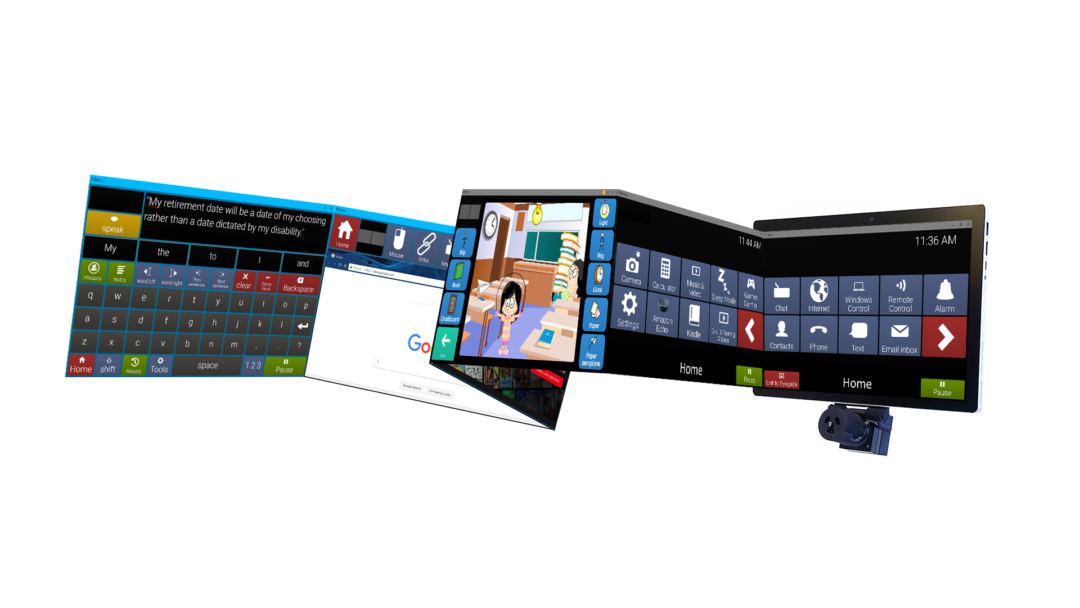As eye tracking technology progresses toward ubiquity, we are seeing it applied to new and exciting areas of life. Not only are these applications growing in number, but they are also improving lives in myriad ways.
Although uses for eye tracking technology abound, its main users can be broken down into three main groups: market researchers, medical researchers, and people living with disabilities. Read on to learn how these groups are harnessing eye tracking technology in useful and exciting ways.
Market Researchers
Marketing researchers, like those who advertise at ballparks, use eye tracking studies to determine the best approach for reaching target customers. Since eye gaze is a better indicator of what study participants really think (rather than answering a series of questions, for example), marketers can gather accurate data to be used in advertising design.
In the online world, eye tracking can be used to access and improve website usability, making websites more effective at reaching their goals, whether they intend to inform, entertain, or prompt us to make a purchase. Technologies, like our Eyegaze Edge®, provide a natural environment for conducting eye tracking studies so that website owners can get the most accurate information possible. We follow users’ gaze while they are searching for, and processing, information on a website, so webmasters can improve the user experience.
Medical Researchers
Research shows that infants who go on to develop autism not only look at faces less than other babies do, but they also look away from major facial features when a person speaks. Yale University School of Medicine researchers presented ground-breaking findings that can help diagnose autism in children as young as 6 months of age. The researchers used eye tracking to carry out their studies and are hopeful that early detection can lead to social and behavioral interventions to help these young patients recover.
Additionally, studies on mild traumatic brain injury suggest that the shearing of connections in the frontal area of the brain are the cause of the memory and attention deficits that often result from concussion injuries. When doctors study patients’ eye movements, they can more quickly – and more correctly – diagnose a concussion so treatment can occur sooner.
People Living with Disabilities
Patients with mobility-limiting diseases, such as ALS, can benefit greatly from eye tracking technology. Our Eyegaze Edge® is an eye-operated communication and control system that allows ALS patients to communicate and interact with the world. Eyegaze Edge® users are writing books, attending school, and communicating with their loved ones – all through the power of their eyes.
Quadriplegia resulting from spinal cord injury is another disability that can be aided by the Eyegaze Edge®. The system is an excellent tool for people who are ventilator-dependent and quadriplegic, especially if they are non-verbal. It is also being used by people with spinal cord injuries who are verbal, or who are able to move their heads, but find direct-selection with the eyes a faster and easier method of computer access than alternative methods of row/column scanning, voice control, or mouth or unicorn sticks.

